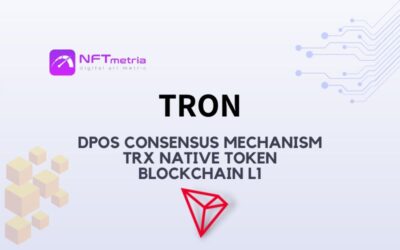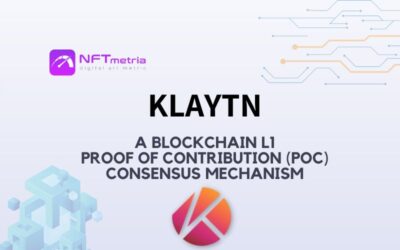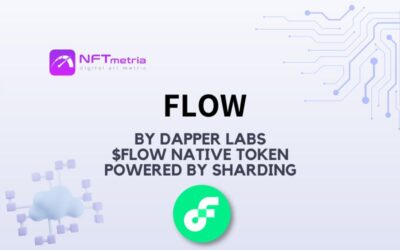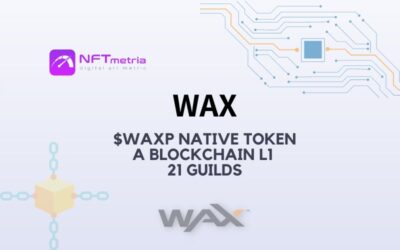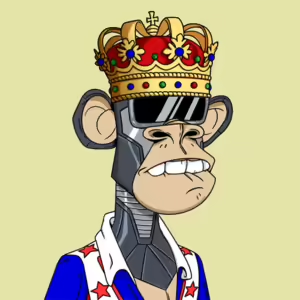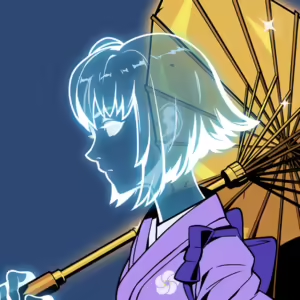Tron is a first-level blockchain that was created under the leadership of Justin Sun. His creation was accused of plagiarism of both the white paper and the technologies on which the blockchain is based. However, the network features low fees and easier-to-use tools. For example, the Tron browser itself – TronScan – has added the ability to multi-manage wallets, staking the native TRX token, etc. But the blockchain has not gained much popularity both among the developers of projects based on tokens and the NFT sector. However, creating an NFT on Tron is very cheap, easy and quite fast.
What is the Tron blockchain?
The blockchain is the creation of Justin Sun, a young developer and entrepreneur from China. Blockchain has positioned itself as “the first killer of Ethereum”. But later, after the launch of the mainnet in 2018, Justin was accused of plagiarizing the Ethereum whitepaper and the high centralization of the blockchain. Following the departure of Justin Sun from the Tron Foundation in 2021, a governance reform was carried out, as a result of which the management of the network was transferred to the decentralized organization Tron DAO.
Tron itself is an open source blockchain-based protocol that supports the creation of dApps and tokens. One of the distinguishing features of the blockchain is its ability to support high throughput, and it also has high scalability. Smart contracts on the network can be written in various programming languages, which guarantees an easy migration step for developers from other blockchains.
It is also worth noting that during the period from 2020 to 2022, when the cryptocurrency market experienced a rapid growth, Tron became a popular object for creating pyramid schemes and unreliable decentralized applications due to the convenience of creating smart contracts and low commissions.
Native token of the Tron blockchain
The native token of the blockchain is the TRX token, which is among the top 15 cryptocurrencies with a capitalization of over $6 billion. At the moment, 1 TRX token is trading around 7 cents against the US dollar.
How does the Tron blockchain work?
The Tron blockchain operates using a delegated proof-of-stake (DPoS) consensus mechanism, which involves multiple super representatives (SRs) confirming transactions on the network. Super representatives are elected by token holders who use their TRX tokens to vote for candidates. This ensures that only the most trusted and trusted SRs participate in the transaction confirmation process, making the network more secure and resilient to attacks. In total, 27 super representatives are constantly working in the network.
There are also three types of nodes on the network:
- They are candidates for Super representatives. When they are elected, they start processing transactions and generating new blocks.
- Full nodes that broadcast transactions and synchronize them with the entire network.
- Solidity nodes that synchronize blocks from full nodes and provide keys for third party applications to access the blockchain.
The transaction process on Tron is also streamlined and efficient. Transactions are executed almost instantly due to the three-layer architecture of the blockchain, which is represented by:
- This is an analogue of the Ethereum virtual machine – EVM, only in Tron it is called TVM. It broadcasts all requests on the network, and its state is stored by all nodes on the network. Provides operation of consensus modules, smart contracts and manages accounts.
- Application layer. It is necessary for developers to create new applications without affecting the network itself due to application testing or misoperation.
- Storage layer. It is intended on the network as a kind of archive – it stores network blocks, data on the state of the network.
Each level is responsible for proper operations or functions, reducing the load by determining energy costs.
NFT smart contract standards for the Tron blockchain
Due to not so great popularity in the Tron network, only two types of smart contracts for NFTs have gained a foothold, which are completely identical to ERC-721 and ERC-1155 on EVM networks:
- TRC-721 which is the most popular standard. TRC-721 contracts are unique and inimitable, that is, each token is unique and has its own smart contract.
- TRC-1155. This is a multi-token standard that allows the creation of both non-fungible and fungible tokens on a single contract.
What consensus mechanism does the Tron blockchain use?
Tron uses a consensus mechanism called Delegated Proof of Stake (DPoS). This mechanism involves the election of Tron 27 super representatives by the community to confirm transactions and create new blocks on the blockchain. Super representatives are selected through a voting process, with users able to cast their vote using Tron’s native cryptocurrency, TRX. DPoS is known for its efficiency and scalability, making it a popular choice for many networks.
This consensus mechanism was borrowed entirely from the WAX blockchain, but did not guarantee the elimination of fees for the network in favor of more rewards for Super representatives for processing transactions and generating new blocks on the network.
What are the main applications of the Tron blockchain?
Application areas of Tron are as follows:
- Games;
- DeFi;
- Collectibles;
- NFTs;
- Web 3.0;
- Casino.
The list doesn’t end there. Above are the most popular blockchain applications.
The ecosystem of the Tron blockchain
The ecosystem consists of more than 1300 dApps of different categories:
- Games,
- DeFi,
- Marketplaces,
- Casino and others.
Popular dApps on the Tron blockchain
The most popular dApps on Tron are:
- SunSwap,
- Just Land,
- Bridgers,
- BitKeep Swap,
- Transit Swap.
What is NFT Tron?
Tron NFTs are NFTs created on the Tron blockchain. It is most commonly used for Collectibles NFTs, Gaming NFTs due to the ease of creating smart contracts and low fees for minting NFTs.
Top Tron NFT Collections
The most popular NFT collections on the Tron network are:
- Tpunks,
- BAYCTron,
- Pokémon.
Tpunks
Tpunks is a collection of cryptopunks that consists of 10,000 PFP NFTs.
- Twitter collection @tpunks_official has over 8,000 followers.
- The collection trades on the secondary market for more than 225 million TRX (about $16 million).
- It should be noted that the project has nothing to do with the CryptoPunks collection on Ethereum.
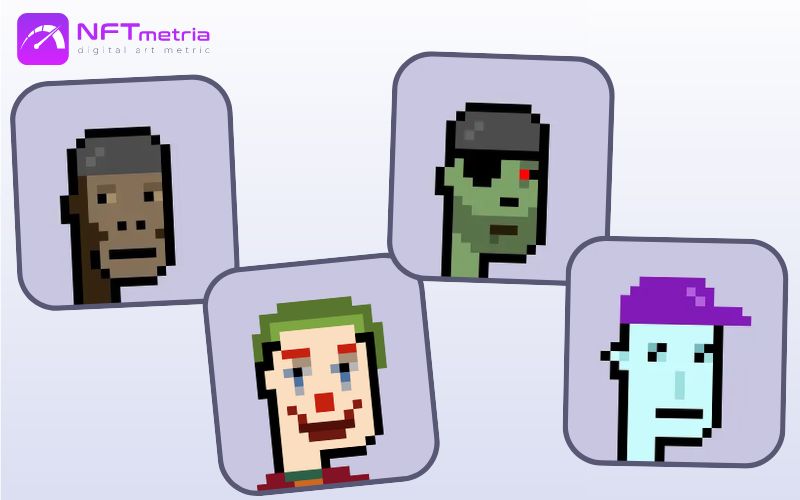
BAYCTron
BAYCTron is NFT collection is a tribute to the Bored Ape Yacht Club collection and has nothing to do with Yuga Labs. The collection also includes 10,000 monkey NFTs. In the secondary market, the trading volume is over 216 million TRX (about $15 million).
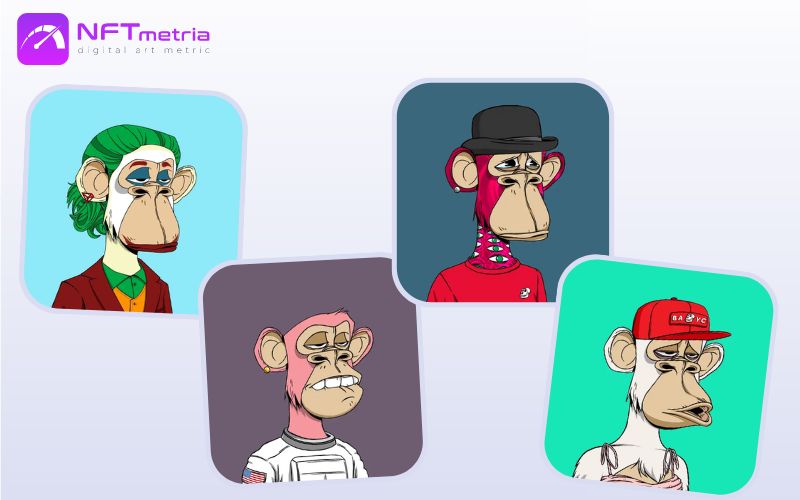
Pokémon
Pokémon is an NFT collection of 10,000 PFPs of Pokémon, each with a different name. At the moment, the volume of trading in the collection on the secondary market is more than 106 million TRX (about $8 million).
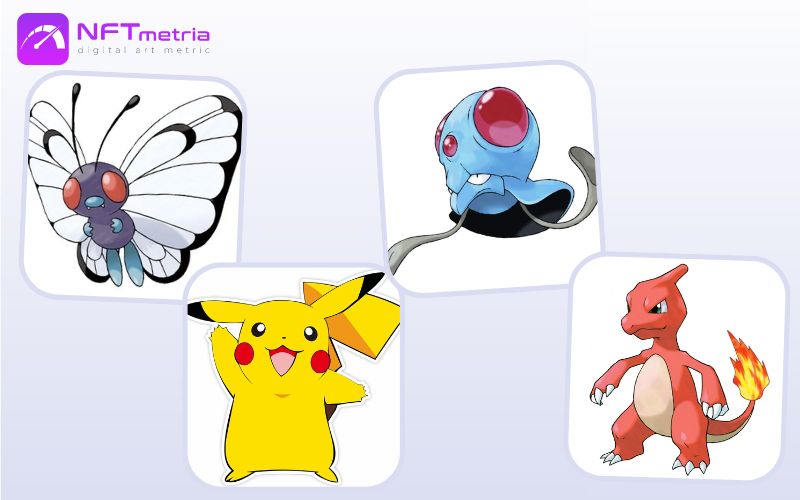
Which wallets are suitable for holding Tron NFTs?
Suitable for Tron NFTs storage:
- Tronlink,
- Trust Wallet,
- SafePal.
These wallets are also the most popular.
How to buy Tron NFTs?
- Remember that initially you need to connect your crypto wallet with self-storage to the marketplace of your choice.
- Next, find the official collection using the search bar on the marketplace.
- Analyze and choose the NFT you want to buy; click on it and then on the “Buy” button.
- When buying, consider the cost of transaction fees.
Where to buy Tron NFTs?
You can buy Tron NFTs on marketplaces.
Here are the most popular among them:
- ApeNFT,
- TronNRG,
- NFTONE,
- PixelMart,
- USWAP.

